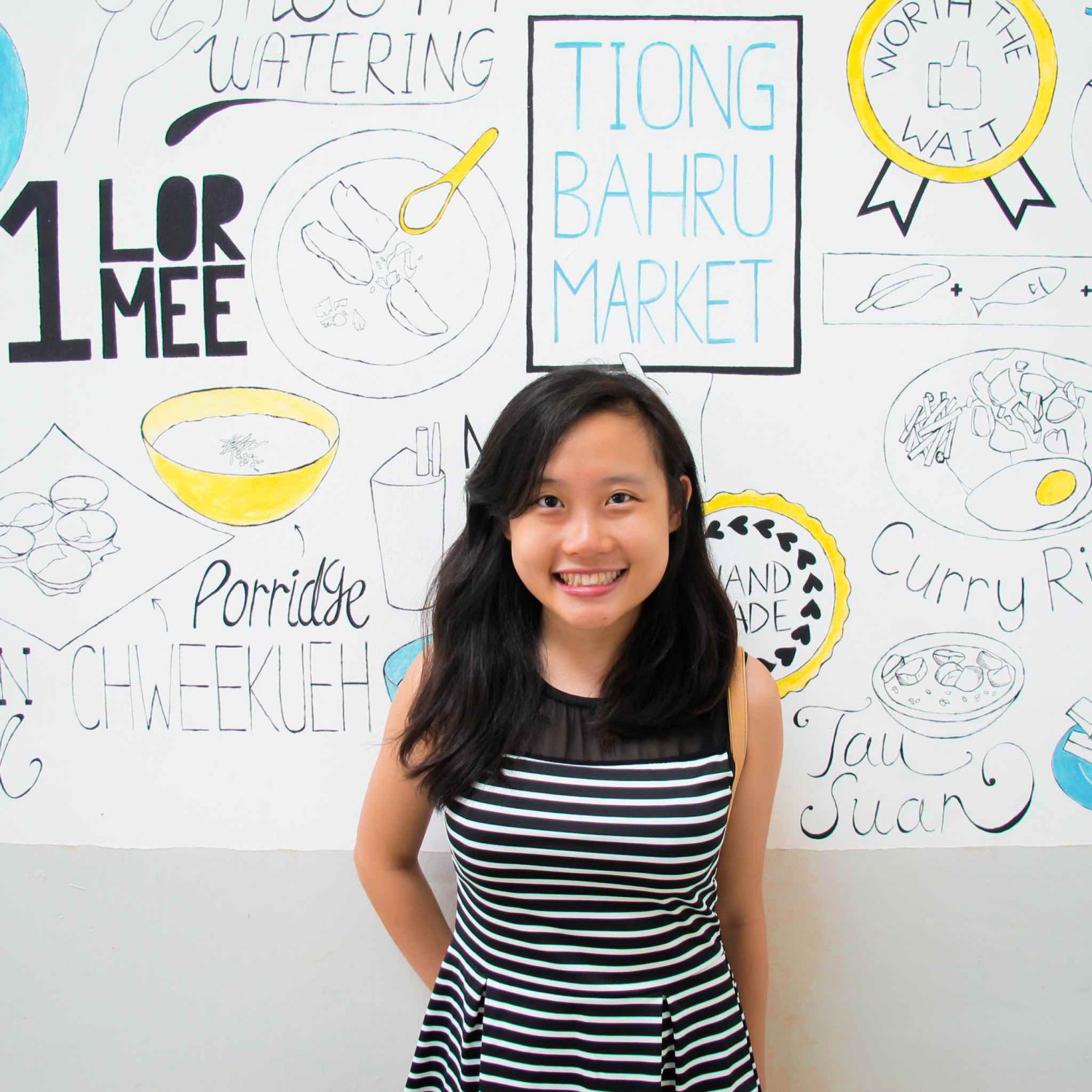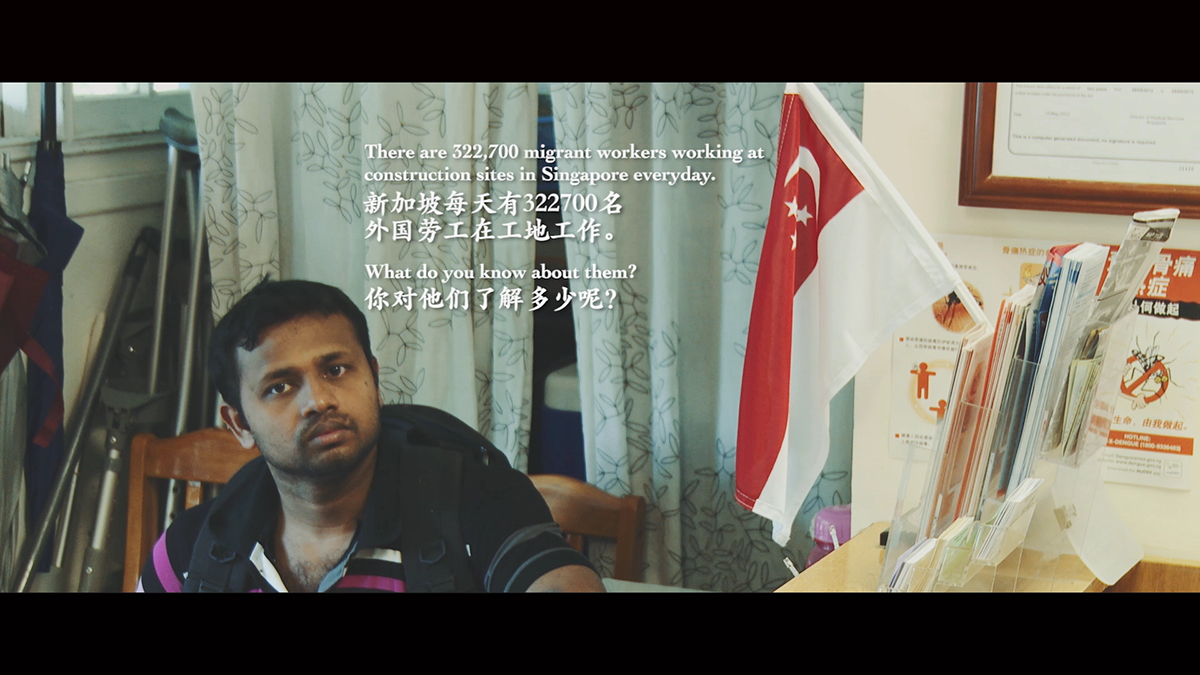1. Lunchtag #1 & #2
31 January, 0930 to 1300 & 3 February, 1130 to 1500
This event allows two people who would never otherwise have met to connect over a meal.
Lunch Tag #1 will kick-start the event with a friendly lohei decoration competition involving both students and migrant workers, which will be followed by lunch in the Yale-NUS College dining hall.
Lunch Tag #2 will be held, picnic-style, at the Botanic Gardens. This lunch will involve foreign domestic workers from the HOME Shelter and interested members of the public.
2. Empowerment through Writing: Voices from the Margin
31 January, 1830 to 2100
in collaboration with Banglar Kantha, a Bengali newspaper
*Only the Poetry Reading and Cultural Night component [6.30-9pm] is open to the public.
Support the Bangladeshi migrant workers by watching their performances and listening to their poetry under the stars!
This event comprises four segments:
i. Writing Workshop: for migrant workers to improve reading and writing in English
ii. Post Home: a platform for migrant workers to send postcards to their loved ones back
home
iii. Poetry Reading: where poems written by participants will performed and translated
iv. Cultural Night: to end off the event, there will be a night of music and dance where
our guests will showcase their talents through performances and a fashion show.
3. Speaker Series
Opening Panel – Migrant Workers: Persons or Projects?
1 February, 1145 to 1400
Covering a broad range of issues from manpower needs and planning to migrant workers’ rights on the ground, the opening panel aims to deliver a discussion which takes into account economic, social, and political factors. This panel will be moderated by Prof. Sheila Hayre from the NUS Faculty of Law, and graced by our Guest-Of-Honour, Mr Victorio M. Dimagiba, Jr., Minister & Consul General of the Philippines Embassy.
Distinguished speakers include:
Mr Tan Fang Qun, Deputy Director of Workplace Policy and Strategy Division in Ministry of Manpower (MOM)
Mr Jolovan Wham, Executive Director of the Humanitarian Organisation for Migration Economics (HOME)
Mr Alex Au, Treasurer of Transient Workers Count Too (TWC2)
Foreign Domestic Workers: Foreigner or Family?
3 February, 1145 to 1400
What unique issues do foreign domestic workers face? How are their rights protected when they work behind closed doors? This panel aims to zoom in to the issues pertaining to foreign domestic workers here in Singapore.
Distinguished speakers include:
Ms. Caryn Lim, Deputy Director of Workplace Policy and Strategy Division, Foreign Manpower Unit in Ministry of Manpower (MOM)
Mr. John Gee, Chairman of the Research Sub-Committee at Transient Workers Count Too (TWC2)
Mr. Desmond Chin, Chairman of Nation Employment Agency
Prof. Sheila Hayre, Senior Lecturer at NUS Faculty of Law
Sex Work: Labour or Vice?
4 February, 1145 to 1400
There has always been controversy surrounding the issue of sex work. Is it legal or illegal? Is it more of a grey area? Moderated by Prof. Jaclyn Neo from NUS Faculty of Law, this panel aims to bring an informative and comprehensive discussion of issues surrounding migrant sex workers. For a more genuine perspective of what is happening on the ground, Lisa, one of Project X’s Program Coordinator and Outreach Officer will be joining us at this panel as well.
Distinguished speakers include:
Ms Vanessa Ho, Coordinator of Project X
Ms June Chua, Founder of The T Project
Ms Sallie Yea, Labour Migration and Human Trafficking Scholar
Ms Lisa, Program Coordinator and Outreach Officer at Project X
4. Learning Journeys to Geylang & Tuas View Dorm
2 February, 1500 & 1800
Participants will be given the chance to explore the heart of where many migrant workers live and work, in order to give an up close and personal experience in understanding their different situations. Each Learning Journey will focus on a different area specific to a category of migrant workers.
5. Dialogue in the Dark
4 February, 1700 to 1830
Participants will converse with migrant workers from varying occupations, such as sex work to construction. These conversations will be held in the dark, where visual differences between both parties become blurred.
6. A Day in the Life: an Exhibition
31 January to 4 February
A Day in the Life chronicles the journey of migrant workers: how they came to seek employment abroad, and the hardships faced upon arrival in Singapore. This exhibit seeks to raise awareness about several issues regarding migrant workers such as unfair practices, rights and privileges, situations of abuse, and living conditions.



























